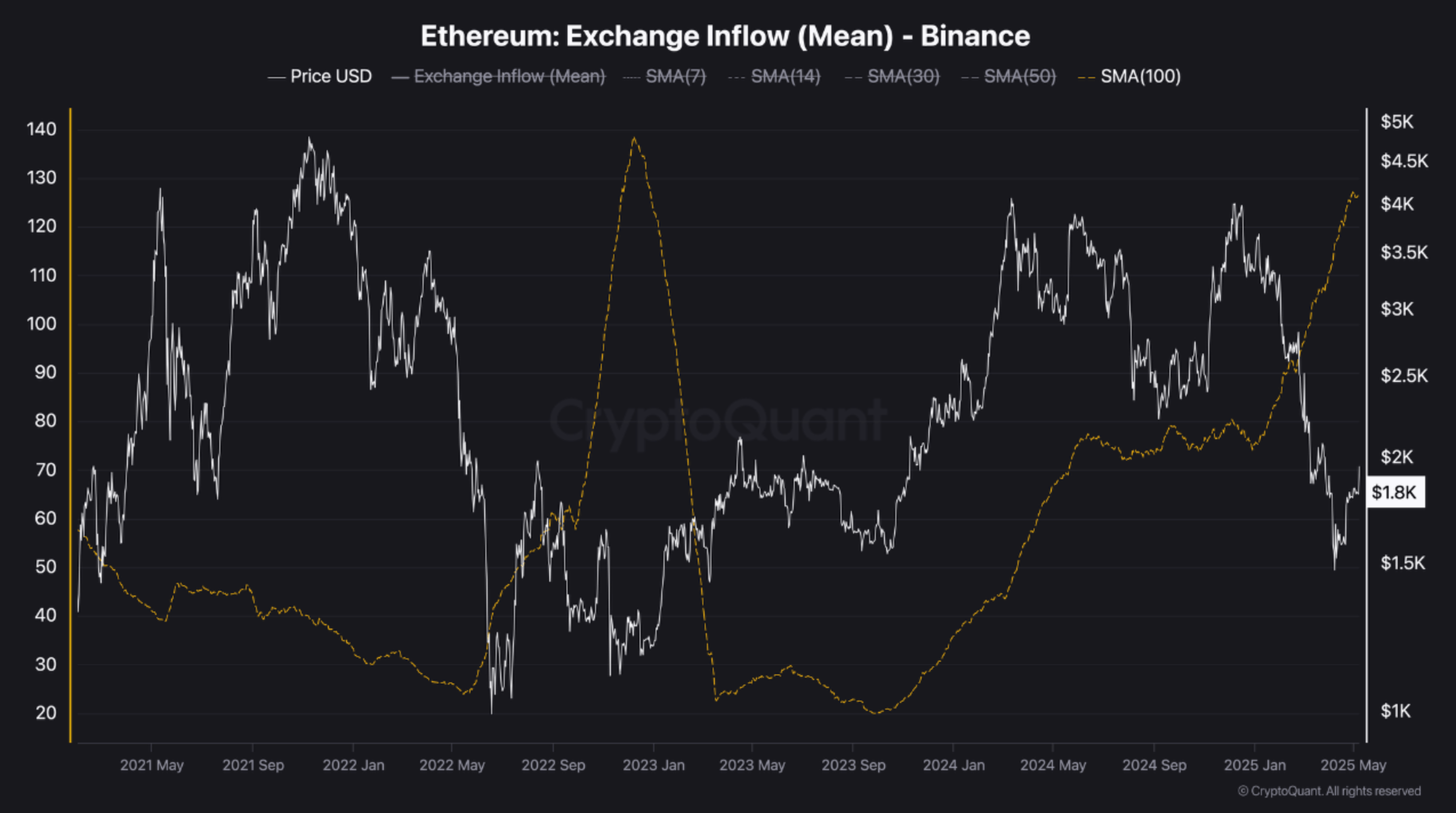
Saying No to Blood Diamonds with the Help of Blockchain Technology
The diamond industry is expected to be the latest beneficiary from the blockchain technology. Blood diamonds or conflict diamonds made way to the online marketplace of Facebook. This is an investigative report from an agency which does extensive online research. Illegal digital activities have been identified through a social media profile used by fictitious buyers. The organization through its extensive research also found out that several messenger platforms like WhatsApp have been used as a platform to conduct the illegal trading of conflict diamonds.
To prevent the inflow of conflict diamonds to the trading ecosystem, the United Nations came up with the Kimberley Certification process in early 2000. The global community in connivance with the European Union took a strong stand against the random subjugation and exploitation of people to mine diamonds categorically intended to fund conflicts. The diamond industry was looking for plausible solutions which would help in minimizing the entry of conflict diamonds within the periphery of the diamond trade.
The most plausible solution:
Blockchain technology became the most potent solution to the problems associated with the traceability of diamonds leading to the thriving blood diamond trade. Blockchain with the virtue of certain inherent properties comes with the capacity to trace diamonds back to its source! Let us understand how blockchain works
- The blockchain technology allows for certification without having to be dependent on third-parties.
- The data structure in a blockchain is append-only. So, the data cannot be changed or deleted.
- It uses cosseted cryptography to protect the data ledgers. Also, the modern ledger is dependent on its neighbouring completed block to fulfil the cryptography process. Thus every transaction related to the origin of the diamond is recorded from point zero.
- All the transactions and data are connected to the block after the execution of maximum trust verification. There is a consensus formation of all the ledger participants on the things which need to be recorded in the block.
- The transactions are recorded in the order of a timeline or timeframe. Thus, all the blocks within the blockchain are time stamped which implies that there cannot be edits made on the same. None of the participants can edit the source of origin of a diamond in order to accommodate a conflict diamond.
- The ledger is distributed across every single node in the blockchain within the members. So, it is distributed.
- The transactions stored in the blockchain blocks are stored in millions of computers participating in the chain. Hence the entire ecosystem is decentralized. There is no possibility of data being lost completely.
- The transactions that take place within the ecosystem are transparent. The individuals who get authority within the architecture have the freedom to view the transaction.
- The origin of any ledger or the corresponding diamond can be tracked along the chain to its point of origin which makes it impossible for illegal diamonds to enter the trading periphery.
- Since various consensus protocols need to be fulfilled to validate the transaction, it negates the risk of duplication or fraudulence.
The future of the diamond industry with blockchain:
The future of the diamond industry lies with blockchain. With key diamond blockchain influencers in the market like Diamante coming up with cutting edge solutions for the diamond industry; blockchain is expected to play a pivotal role in the diamond trade. Blockchain ensures transparency, security and authenticity within the diamond trade ecosystem.




